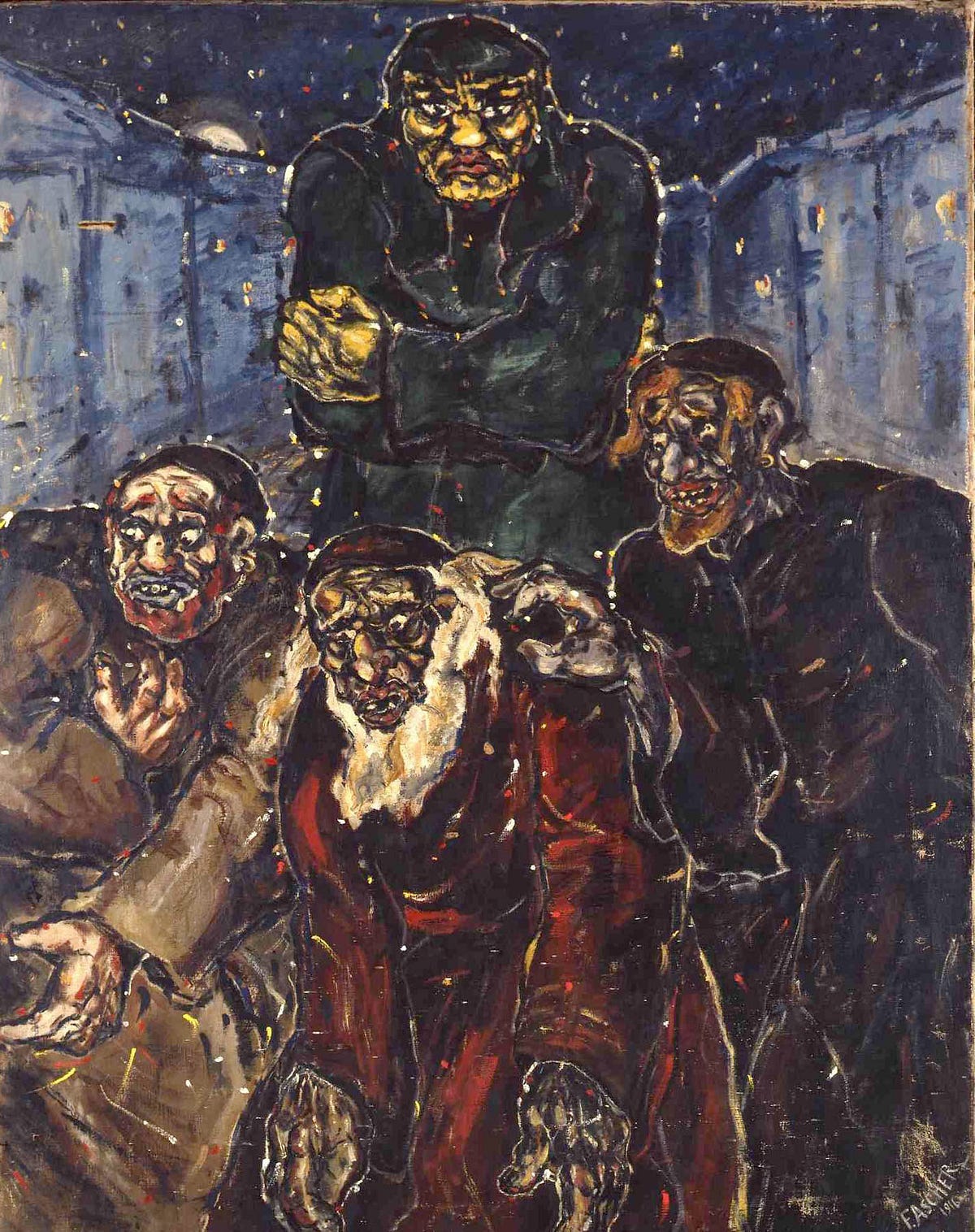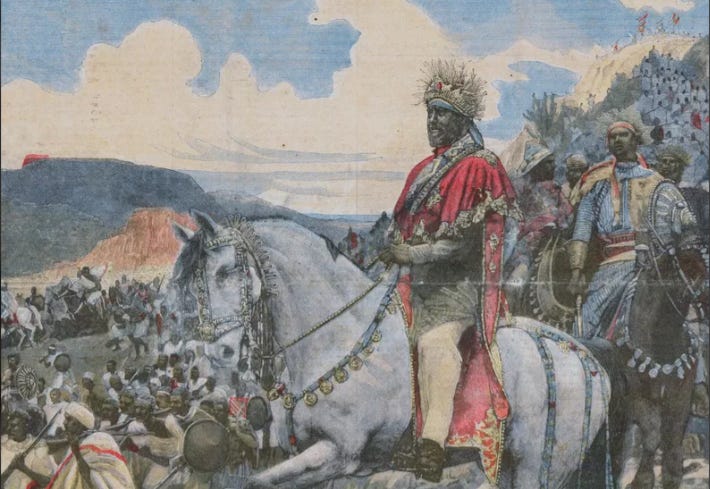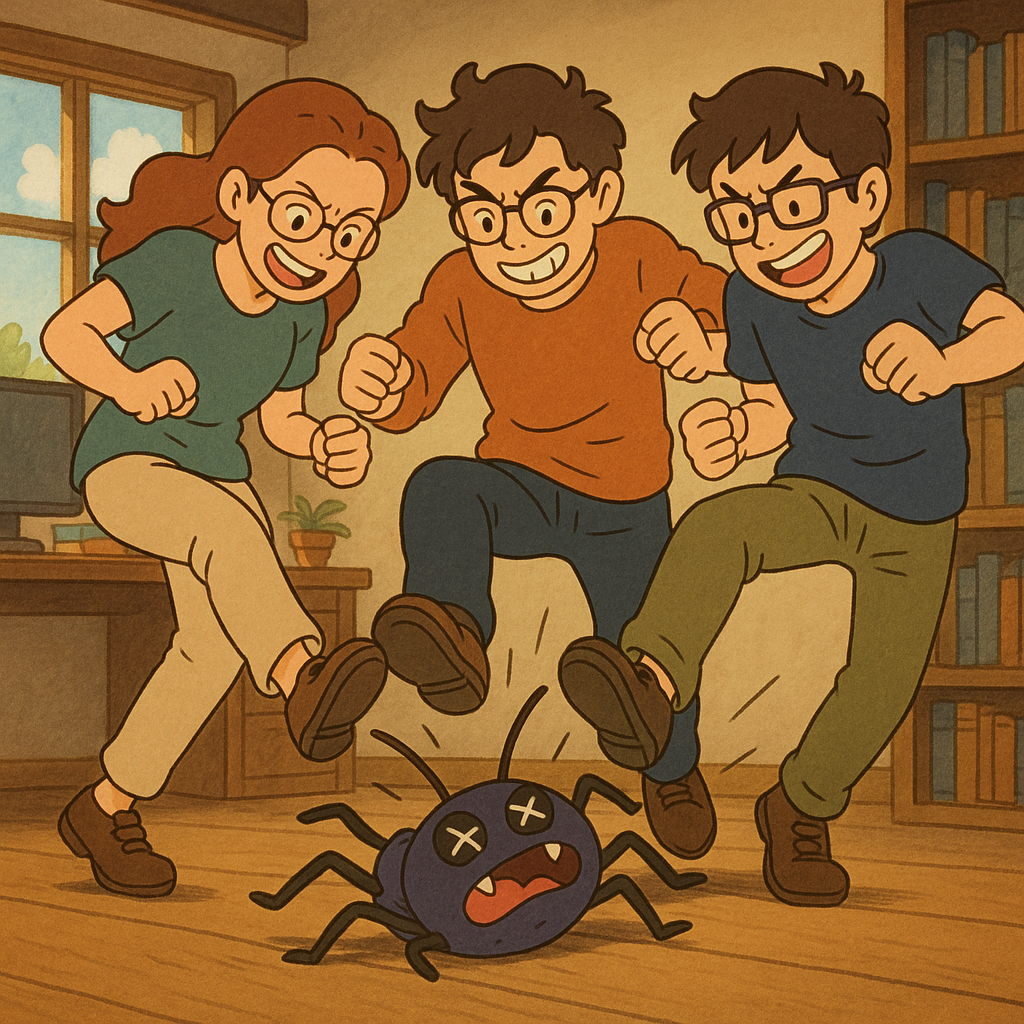
TenFourFox Development
(A note on these characters is that they do not actually map to any defined Unicode code point; they are unconnected glyphs. Font Book will show them but you can't really copy them anywhere. A tool like Ultra Character Map will let you at least grab a graphical representation and paste it somewhere, as I have done here.)
What's particularly impressive is the multiple sizes for systems with differently sized screens as options. These are taken from the 1024x1024 144dpi retina versions in Sequoia. eMac, iBook G4 12" and 14", iMac G4 15" (my favourite because it doesn't wear out the arm), 17" and 20", iMac G5 (recognizeable because no iSight) 17" and 20", iPhone 2G and 3G (notice the subtly different chrome), Titanium PowerBook G4, Alumin(i)um PowerBook G4 12", 15" and 17" (with all-region DVD drive firmware it's the best portable DVD player you can get), "Graphite" Power Macintosh G4 (doesn't say if it's a Yikes!, Sawtooth or Gigabit Ethernet), "Quicksilver" Power Macintosh G4, "Mirrored Drive Doors" Power Macintosh G4, which looks nearly the same, Xserve G4, and who let this thing in?
Why are all these things still in the macOS? My guess, modulo the Blue Screen PC, is trademark purposes. These all were used as Apple-specific labeling and could be considered as part of their trade dress, and having these legacy items still in the macOS probably serves some legal purpose if someone were to try to rip off their old IP. It can't be for nostalgia purposes or we'd still be able to run Carbon PowerPC apps on Tahoe like you can still run most Win32 applications on Windows 11. And Apple just doesn't do nostalgia — except in their ads.










